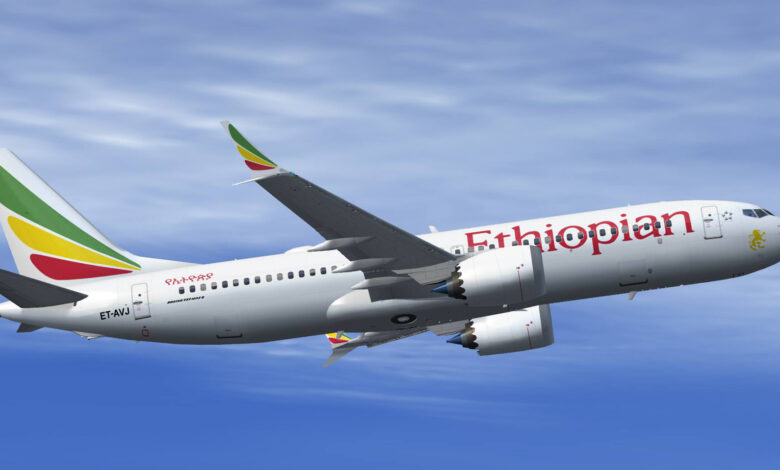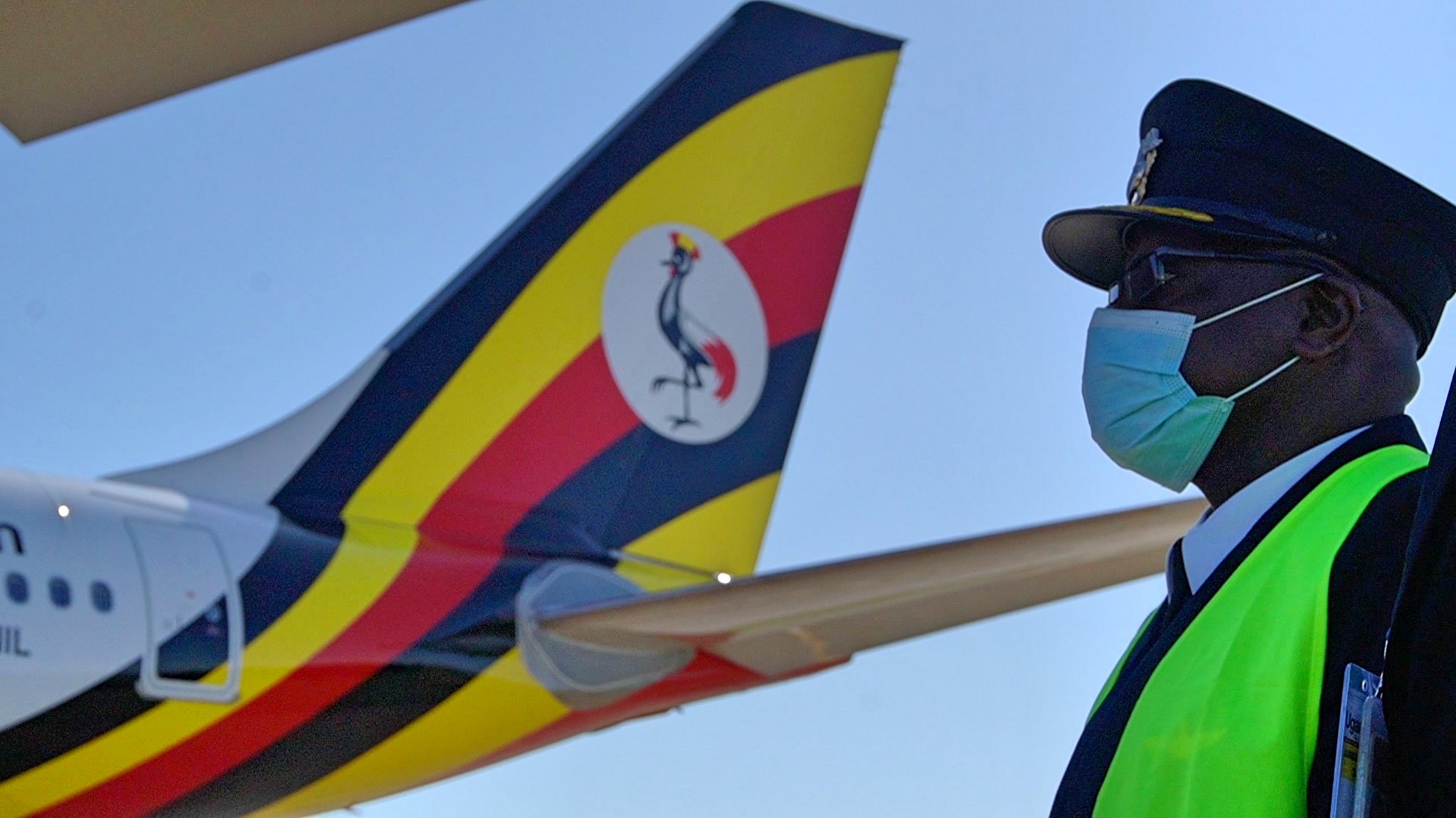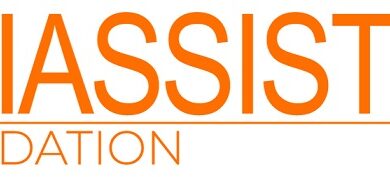Ethiopian Airlines Crash ET302 Final Report Missing Details

Summary of the report
On 10th March 2019 at around 05:47UTC, the FDRE Ministry of Transport& Logistics and EAIB were informed the loss of radio and radar contact with flight ET 302 a few minutes after take-off from Addis Ababa Bole International Airport.
After having established without doubt that the Airplane had disappeared, the Ethiopian Authorities launched a technical investigation team. In accordance with Article 26 of the Convention and ICAO Annex 13 “Airplane Accident and Incident Investigation”, an Investigation Committee (IC) from Ethiopian EAIB investigators was formed by a ministerial decree issued by the Minister of Transport& Logistics in order to conduct the investigation.
An investigator-in-charge (IIC) was designated in the same decree to lead and initiate the investigation immediately. As per Annex 13 provisions, in the investigation participated: ECAA and Ethiopian Airlines Group – Technical Advisors to EAIB NTSB – Accredited Representative State of Design and Manufacturer BEA – Accredited representative, State which provided facilities & experts for the read out of DFDR & CVR and EASA- Accredited representative during the preliminary report only.
The Ethiopian Airplane Accident Investigation Bureau (EAIB) is the investigation authority in Ethiopia responsible to the Ministry of Transport and Logistics for the investigation of civil Airplane accidents and serious incidents in Ethiopia.
Ethiopian Airlines flight 302, Boeing 737-8(MAX), ET-AVJ, took off from Addis Ababa Bole International Airport bound to Nairobi, Kenya Jomo Kenyatta International Airport. ET302 was being operated under the provisions of the Ethiopian Civil Aviation Regulations (ECARAS) as a scheduled international flight between Addis Ababa Bole International Airport (HAAB), Ethiopia and Jomo Kenyatta Int. (HKJK) Nairobi, Kenya. It departed Addis Ababa with 157 persons on board: 2 flight crew (a Captain and a First Officer), 5 cabin crew and one IFSO, 149 regular passengers
On March 10, 2019, at about 05:44 UTC2, Ethiopian Airlines flight ET-302, a Boeing 737-MAX8, Ethiopian registration ET-AVJ, crashed shortly after takeoff from Addis Ababa Bole International Airport (HAAB), South East of Addis Ababa near Ejere Town. The flight was a regular scheduled international passenger flight from Addis Ababa to Jomo Kenyatta International Airport (HKJK), Nairobi, Kenya. There were 149 passengers and 8 crews on board. All were fatally injured, and the Airplane was destroyed.
Flight crew
The flight crew consisted of the captain and the first officer, five flight attendants and an In-Flight Security Officer (IFSO). All crew were certified in accordance with the ECAA requirements.
Pilot in command
The pilot in command was Male, aged 29 and held CPL issued on 23-07-2010, ATPL issued on 27-07-2017 licenses and held Total Flying Hours 8122:00 hrs out of which 4017:00 hrs were with B737-700/800, 1417:00 hrs were with B737-700/800/as PIC and 103:00 with B737-8 MAX.
Medical and Pathological information
Autopsy and body examination data made available by the Federal Police and foreign autopsy examiners. DNA analysis of all recovered human remains allowed the identification of all persons who were on board and autopsy examination concluded that the human remains were infection free. All reports observed through clinical examinations the absence of burns, wounds and cyanosis. Some of them concluded that “the death is the consequence of a violent trauma, with projection of the passengers against a hard surface and ground impact of the airplane resulting in severe vital lesions that led to immediate death.
Summary of concluding findings
- The Airplane departed from Addis Ababa Bole International Airport bound to Nairobi, Kenya Jomo Kenyatta International Airport with 157 crew and passengers on board;
- The flight crew members were licensed and qualified for flight in accordance with the existing ECARAS part 2; 2.3.6.
- The captain was the pilot flying;
- The Airplane had a valid certificate of airworthiness and maintained in accordance with applicable regulations and procedures;
- The Airplane weight and balance was within the operating limits;
- The Airplane took-off from runway 07R at field elevation of 7,656 ft with a flap setting of 5 degrees and a stabilizer trim setting of 5.6 units. Both flight directors (F/D) were ON with LNAV and VNAV modes armed. Auto throttle (A/T) was armed;
- Erroneous AOA Sensor data ultimately triggered the Maneuvering Characteristics Augmentation System (MCAS) which repeatedly pitched the nose of the airplane down until the pilots lost control. Compounding factors included the pilots lack of awareness and training associated with MCAS, confusing alerts, and the startle factor.
- The crew was faced with unprecedented change of events shortly after lift-off which significantly increased crew workload.
- MCAS design on a single AOA inputs made it vulnerable to undesired activation. Its repetitive activation of nose down stabilizer trim made the aircraft uncontrollable
- Post-accident analysis reveals new Airplane experienced unexplained electrical and electronic faults within weeks of entering service, and in the weeks and days prior to their accidents.
- While the autopilot was engaged, systems were supplied by the erroneous LH AOA values. The A/P failed to fly to the target altitude resulting in accelerated speed. After reaching a maximum altitude of around 9,100 ft. (right baro corrected altitude) the Airplane started to descend.
- The A/P disconnected automatically after remaining engaged for 32 seconds.
- As the flaps reached the up position with the autopilot OFF and because of the erroneous left AOA value, the FCC activated the 1st automatic nose down trim (MCAS) for 9 seconds;
- The Captain repeatedly commanded loudly to pitch up, the forces were physically unmanageable by both flight crew members; due to this there were sounds of exhaustion and shortness of breath were heard in the CVR.
- The Airplane hit the ground eighteen seconds after the end of the 4th MCAS;
- The Airplane was destroyed during the impact and all crew members and passengers onboard were fatally injured.
- MCAS and the lack of pilot training did not trigger the accident; however it was the failure of the sensors due to the production quality defects. If the intermittent defects did not cause the AOA Sensors to fail on the accident flight, MCAS would not have activated, and the accident would not have occurred. The MCAS would have remained as hidden threat until its true nature is exposed by some other valid or erroneous causes.
Probable cause of the accident
- Repetitive and uncommanded airplane-nose-down inputs from the MCAS due to erroneous AOA input, and its unrecoverable activation system which made the airplane dive with the rate of -33,000 ft/min close to the ground was the most probable cause of the accident.
After, the ET 302 accident the Ethiopian Civil Aviation Authority as per ECARAS part 8, section 8.2.1.2 (a) notified that the Ethiopian Airlines Group that all Boeing 7373MAX-8 fleet of Airplane grounded and was not allowed making commercial flights effective March 11, 2019.
Following the publication of the final report, both the US National Transportation Safety Board (NTSB) and French Bureau d’Enquêtes et d’Analyses (BEA) took the highly unusual step of publishing separate comments on the report. The report does not address any issues related to human factors or crew actions.
In the case of the Ethiopian ET302 final report, the Ethiopian Aircraft Accident Investigation Bureau neither incorporated the comments of the US NTSB and French BEA nor did it append their full comments to the final report as requested. The electronic version of the Ethiopian final report includes only links to the “earlier and now outdated version of the NTSB’s comments” and according to the BEA, “the EAIB report contains a link to a BEA document which does not contain the comments that the BEA had finally requested to be appended to the final report.
NTSB and BEA release their comments
Given this unusual situation, both the NTSB and BEA separately released the full comments each agency wished to see appended to the final report. Both the NTSB and BEA agree with the EAIB regarding MCAS’ contribution to the accident and both agencies’ comments relate to the human factors and crew actions that are not discussed in the EAIB report.
The NTSB and BEA’s comments both focus on the additional contribution the crew’s actions had on the accident, areas on which the EAIB spends little to no time in the final report. The NTSB comments propose two additional factors be added to the probable cause:
- The operator’s failure to ensure that its flight crews were prepared to properly respond to uncommanded stabilizer trim movement in the manner outlined in Boeing’s flight crew operating manual (FCOM) bulletin and the FAA’s emergency airworthiness directive (AD) (both issued 4 months before the accident) and
- The airplane’s impact with a foreign object, which damaged the AOA sensor and caused the erroneous AOA
The BEA focuses most closely on the crew’s actions during the period of time after the AOA vane was damaged, but before the first activation of MCAS. Regarding the accident’s probable cause, the French agency says it “believes that the crew’s inadequate actions and the insufficient Cockpit Resource Management (CRM) played a role in the chain of events that led to the accident, in particular during the first phase of the flight, before the first MCAS activation.”





